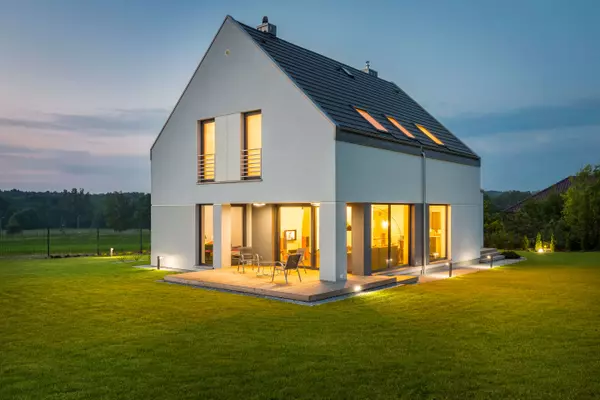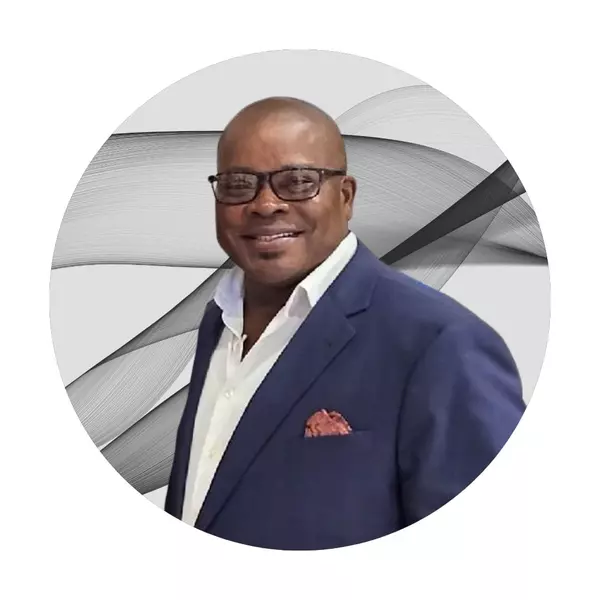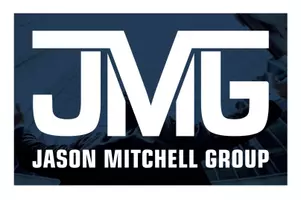Hear her out, artists are like magicians
A very early connection to her creativity was likely that first art exhibition in the family dining room when iris yirei hu (who uses lowercase lettering for her name) was 4 or 5 years old. Art and writing came very naturally to her, and she remembers having written a few stories, illustrating them, printing them out and then pasting them onto construction paper to display in the dining room.
“I didn’t come from a community that had much access to art and art history culture, with a capital ‘C,’ so the life I live now is just unimaginable for how I grew up. I went to a pretty under resourced school. We had what we had, but it wasn’t an artistic or creative experience, so that’s something that I always had to come up with on my own,” she said during a phone interview last week. “While we didn’t have that, we had a lot of community, and it was a very mixed school demographically, and so it was very natural to make friends and be surrounded by people who are different than me and who weren’t like me. The sense of community—both immigrant and indigenous cultures that were represented by the students in my school—really gave me a path forward to doing the intercultural collaborations that I’ve been doing.”
Currently, hu is completing her residency as the Longenecker-Roth artist in residence at UC San Diego. The residency, established in honor of Martha Longenecker-Roth, the founder of the Mingei International Museum in Balboa Park and an art professor at SDSU, is focused on hosting artists whose work is committed to connecting diverse people, traditions, and cultures. Based in Los Angeles, where she also grew up, hu works in painting, sculpture, textiles, public art, collaborative work, and writing, noting that much of her work explores living and being on a journey. Her work has been exhibited throughout the United States and in Canada, and she’s received numerous awards and residencies.
She talks about how natural cycles of loss and living, exploring the natural world through different lenses, and dreams often come up in her work because “ultimately, I’m an artist because I’m interested in looking at the larger question of how do we live, and how can we become more intimately connected with one another, with ourselves, with the environment, with things that we cannot see?” (This interview has been edited for length and clarity. For a longer version of this conversation, visit sandiegouniontribune.com/author/lisa-deaderick/.)
Q: Your website says that your work is rooted in “material and spiritual transformation…explore the subterranean realms of grief and loss, cycles of life and death, the earthly and the otherworldly, and the infinitely evolving self.” How did you first become interested in digging into these ideas of transformation?
A: I’ve always been interested in how materials work. My father is an electrical engineer, so he has a systems mind and he’s always asking, “Why? Why? Why?” and about how things work. I’ve taken after him; I’m not an engineer, but I am interested in why things are the way they are. How do we live? How can we live with more connection to these fundamental questions? A lot of the materials I work with are really an exploration of what these things can do. For instance, I think an artist’s role is very similar to that of a magician. You can take rock or pigment from the mountain and transform it into color, and use that color to make an image. There are all of these moments in that process where things are literally being transformed from solid to fluid, you know? So, that’s what I mean by material transformation. In terms of spiritual transformation, I think the art that resonates with me the most are artworks that ask questions about life. So much of life is also these profound questions of, how do we deal with grief? How do we deal with loss on all sorts of levels? Personal, environmental, cultural. The environmental and social aspect, I think, are related to my being a part of the diaspora. I got into this work, not because I chose it, but I feel like I was called in to do this work.
Q: How would you describe where you currently are in your own evolution, and how that is reflected in your art?
A: I think that the purpose of my art is to explore how to relate more meaningfully in our shared context. One way that I explore that is through materials and plants and indigo. I wrote about indigo in a piece called “Grand Blue Mother” for Amerasia Journal in 2021. Indigo is something that I’ve been working with the last 10 years or so, and I love to work with this material because so many cultures around the world have a relationship to the color blue. In my work, I look for things that connect people, culture, places, and geographies; I find that to be a more meaningful way to engage with the world because it often exposes how intimate our connections really are. So, indigo is this plant that has this magical, blue substance that helps people sort of form cultural identities around it. It’s also this plant that has brought about a very nefarious world—slavery, war, occupation were brought on because of the production of this plant, so it’s rooted in different parts of the world, and has all these different stories. Every time I work with it, I feel like I’m uncovering a portal to another world. I write about these bubbling connections of ancestral stories that also help me think about reflection and repair. Indigo is a substance that really ties my world and my work together; it’s the use of blue in my paintings, which speaks to the subterranean, it speaks to the dream world, it speaks to a very fluid world. It speaks to the world of grief, the world of longing, and the world of postponed discoveries and wisdom.
Q: You’re wrapping up your Longnecker-Roth residency at UC San Diego. What were your goals for this residency? What were you hoping to achieve?
A: I’ve been able to continue work that will debut at the Untitled Art Fair in Miami Beach (in December). I’ve been working on a body of work, of paintings and ceramics that are based on dreams. There are different things being represented, like pollen, seeds, eggs, flowers, and mushrooms; they’re among several symbols that transform and float in this blue, subterranean space, along with eyes that witness or whisper, and bones made from porcelain, that map out a cosmology of reflection and repair. This new body of work is another example of how I look, both to the natural world and the world of the unconscious, which is my dream, to bring about a set of work that, literally and representationally, talks about repair through a reflective and contemplative lens.
I think, in the West, we think about dreams as being personal and private, and sort of irrational, so they’re not really assigned to value. When I work with dreams, dreams can also be social. I’ve been doing dream work with different people for a number of years now, and exploring different cultural practices around dreaming. Dreaming is something that all humans do, and like indigo, it’s something that so many cultures have specific practices around. It’s also something that anyone can do; everybody has access to, everybody experiences. It’s this connected thread to something that’s beyond myself. Having dreams and talking about dreams are different things. Talking about dreams in a social, unstructured way, oftentimes brings about uncovering underlying and shared themes related to our social, cultural, and political context. So, I view dreaming and dream practices, not as an escape, but as a more intimate and connected way to create and co-create meaning together.
Q: Why do you think, for you, this exploration and understanding of connection is so important?
A: Well, we live in such a divisive world. We live in a very violent world. We live in a very screen-oriented, tech-oriented world, a very fast-paced world. What I’m experiencing, especially when I work with younger audiences, is this desire for connection beyond social media. Social media also creates these ideological silos that divide and sever a lot of family and communities, so I maintain that connection through culture, through cultural differences, is the way forward.
Categories
Recent Posts










GET MORE INFORMATION


